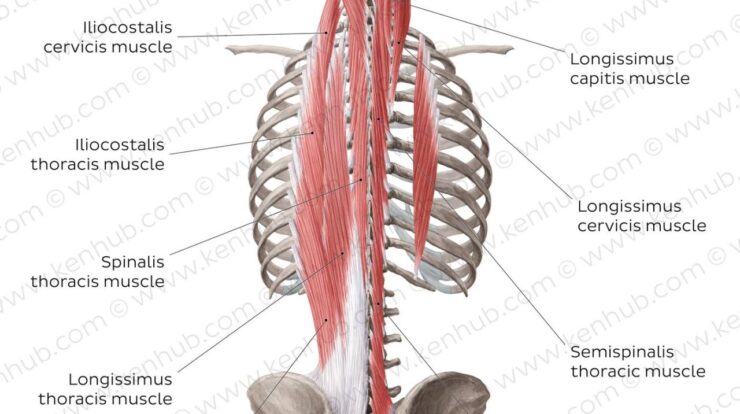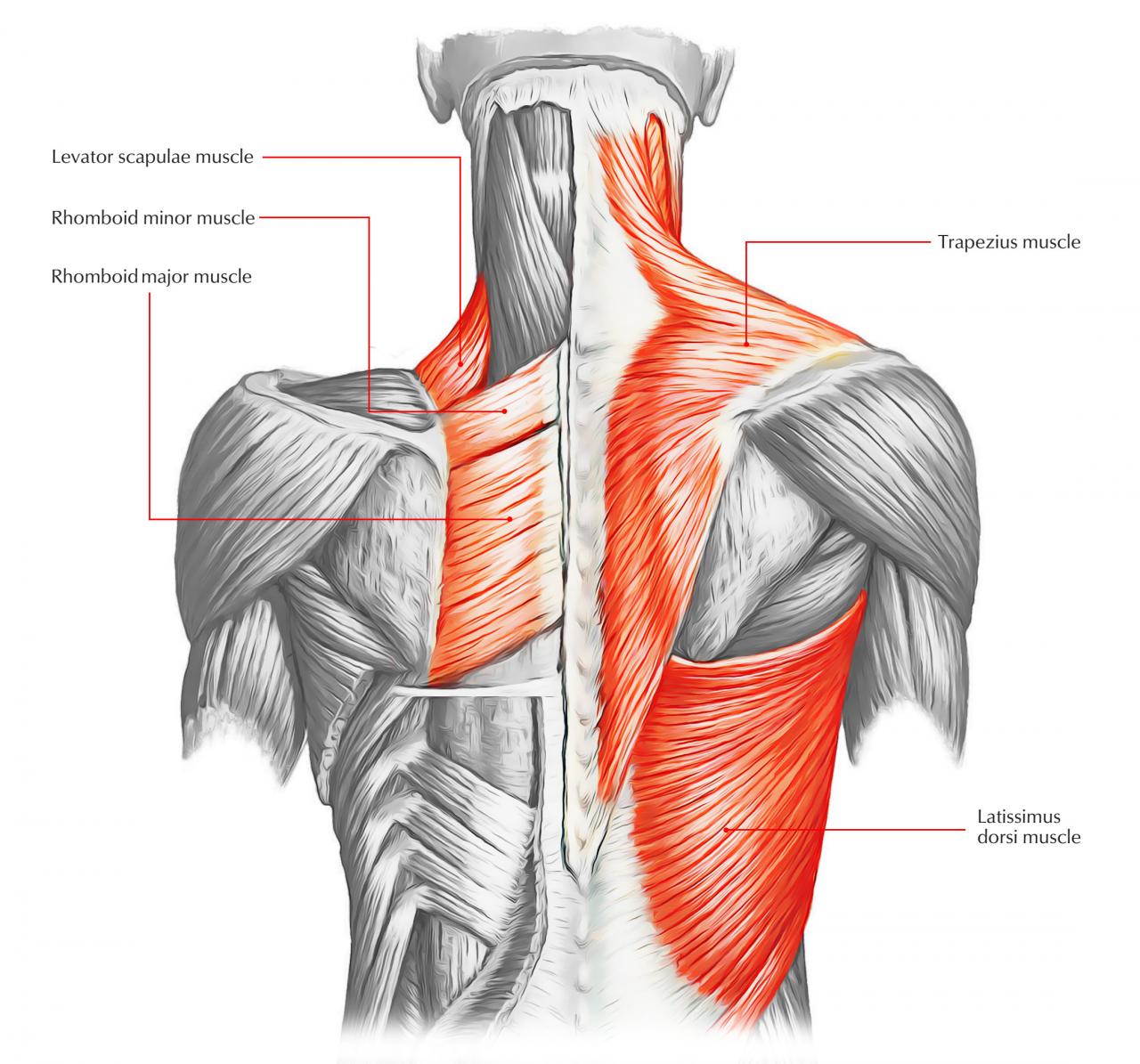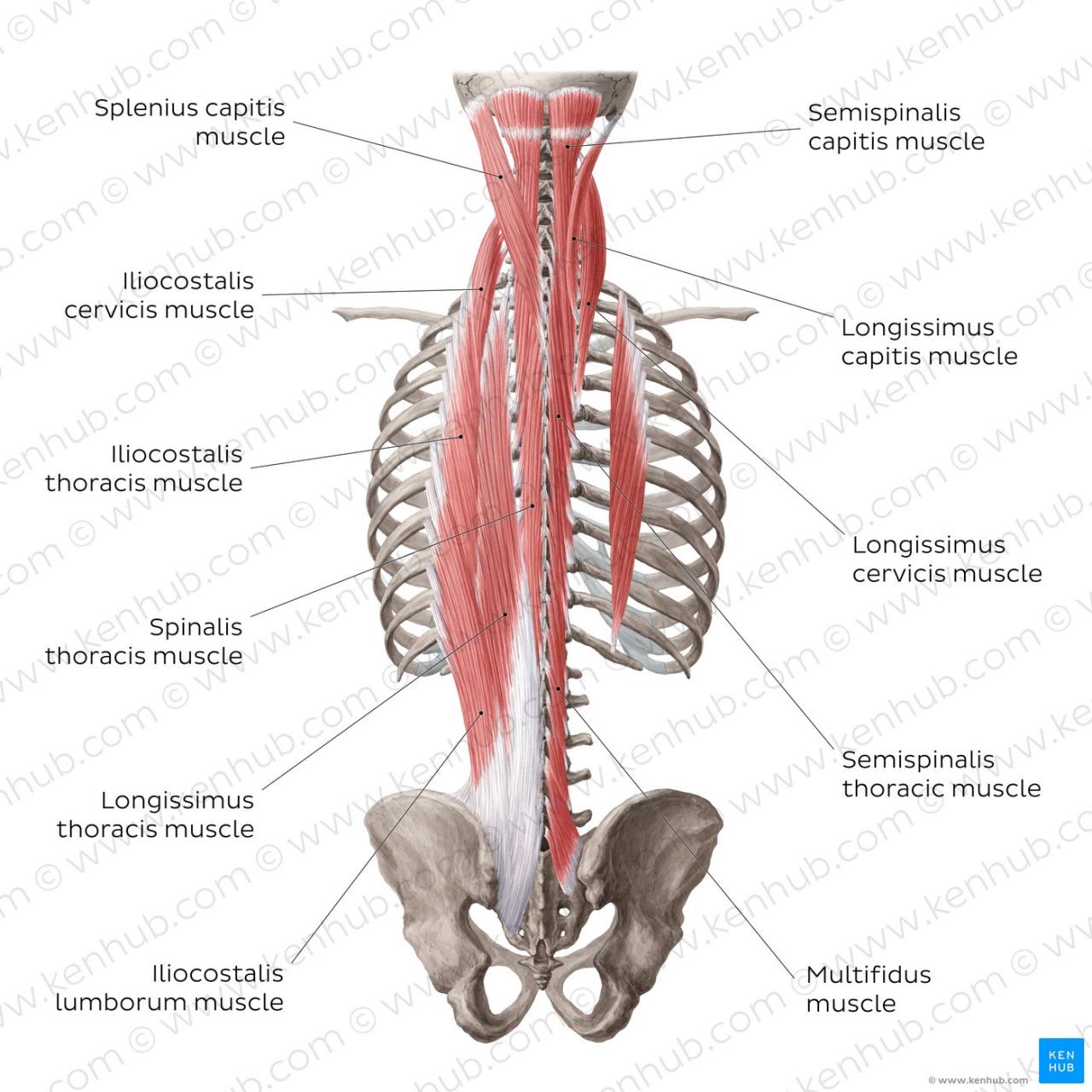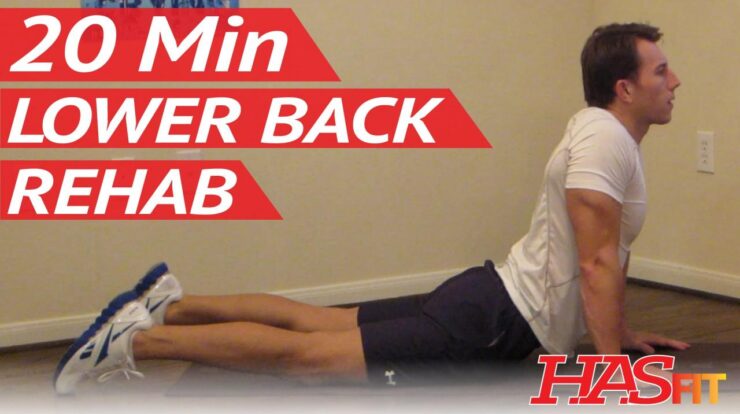
The back muscles, a complex network of tissues that support and protect the spine, play a crucial role in our overall well-being. From maintaining posture to facilitating movement, these muscles are essential for a healthy and active lifestyle.
This comprehensive guide delves into the anatomy, functions, and training techniques for back muscles, providing valuable insights for individuals seeking to enhance their back health and fitness.
Back Muscles: Anatomy, Functions, Training, and More

Back muscles are essential for supporting the spine, maintaining posture, and facilitating movement. Understanding their anatomy, functions, and training techniques is crucial for overall fitness and well-being.
In honor of Mother’s Day, happy mother’s day pictures and messages are being shared widely on social media. Meanwhile, for those who have lost their mothers, happy heavenly mother’s day mom wishes offer comfort and remembrance.
Anatomy of Back Muscles
The back muscles are divided into three layers: superficial, intermediate, and deep. The superficial layer includes the trapezius, latissimus dorsi, and rhomboids, which are responsible for shoulder and upper back movements. The intermediate layer consists of the erector spinae, which supports the spine and extends the back.
The deep layer includes the multifidus, rotatores, and interspinales, which provide stability and control to the spine.
Functions of Back Muscles
Back muscles play a vital role in supporting the spine and maintaining proper posture. They help prevent slouching and promote a healthy alignment of the vertebrae. Additionally, back muscles contribute to various movements, such as bending forward, backward, and sideways, as well as twisting and lifting.
Training Back Muscles
Developing a comprehensive back workout plan is essential for building strong and functional back muscles. Exercises that target different muscle groups should be incorporated, including:
- Barbell rows for latissimus dorsi
- Pull-ups for trapezius and latissimus dorsi
- Deadlifts for erector spinae and hamstrings
- Back extensions for erector spinae
- Hyperextensions for multifidus
Compound exercises, which work multiple muscle groups simultaneously, are beneficial for maximizing back muscle development.
Common Back Muscle Injuries
Back muscle injuries are common, especially among individuals who engage in strenuous activities or have poor posture. The most prevalent injuries include:
- Lumbar strain: A strain of the muscles in the lower back
- Thoracic strain: A strain of the muscles in the middle back
- Herniated disc: A condition where the soft, inner portion of an intervertebral disc protrudes through its outer layer
- Spinal stenosis: A narrowing of the spinal canal
Symptoms of back muscle injuries can vary depending on the severity of the injury. Treatment options include rest, physical therapy, and in some cases, surgery.
Rehabilitation and Recovery
Rehabilitating back muscle injuries involves a combination of rest, physical therapy, and stretching. Physical therapy exercises focus on restoring range of motion, strengthening the back muscles, and improving posture. Stretching helps prevent muscle tightness and promotes flexibility. Gradual return to physical activity is recommended to avoid re-injury.
Nutrition and Supplementation
Proper nutrition is essential for building and maintaining back muscles. A balanced diet rich in protein, carbohydrates, and fats is recommended. Protein is necessary for muscle growth and repair, carbohydrates provide energy, and fats support hormone production. Supplements, such as creatine and protein powder, can enhance muscle growth and recovery.
Special Considerations, Back muscles
Training back muscles for different populations requires special considerations. Beginners should start with lighter weights and gradually increase the intensity as they progress. Advanced lifters can incorporate more advanced exercises and heavier weights. Individuals with back pain should consult with a healthcare professional before engaging in back exercises.
Modifications and adaptations to exercises can be made to accommodate individual needs.
Wrap-Up: Back Muscles

In conclusion, understanding and caring for our back muscles is paramount for maintaining a strong and healthy body. By incorporating targeted exercises, proper nutrition, and injury prevention strategies into our routines, we can unlock the full potential of these vital muscles and enjoy a life free from back pain and discomfort.
Top FAQs
What are the most common back muscle injuries?
Strains and sprains are the most prevalent back muscle injuries, often caused by overexertion or improper lifting techniques.
On a different note, for those experiencing lower back pain, there are various exercises to relieve lower back pain that can be done at home. These lower back exercises at home can strengthen the back muscles and improve flexibility, reducing pain and discomfort.
How can I prevent back muscle injuries?
Maintaining good posture, engaging in regular stretching, and practicing proper lifting techniques can significantly reduce the risk of back muscle injuries.
What is the best way to train back muscles?
A comprehensive back workout routine should include exercises that target different muscle groups, such as rows, pull-ups, and deadlifts.





